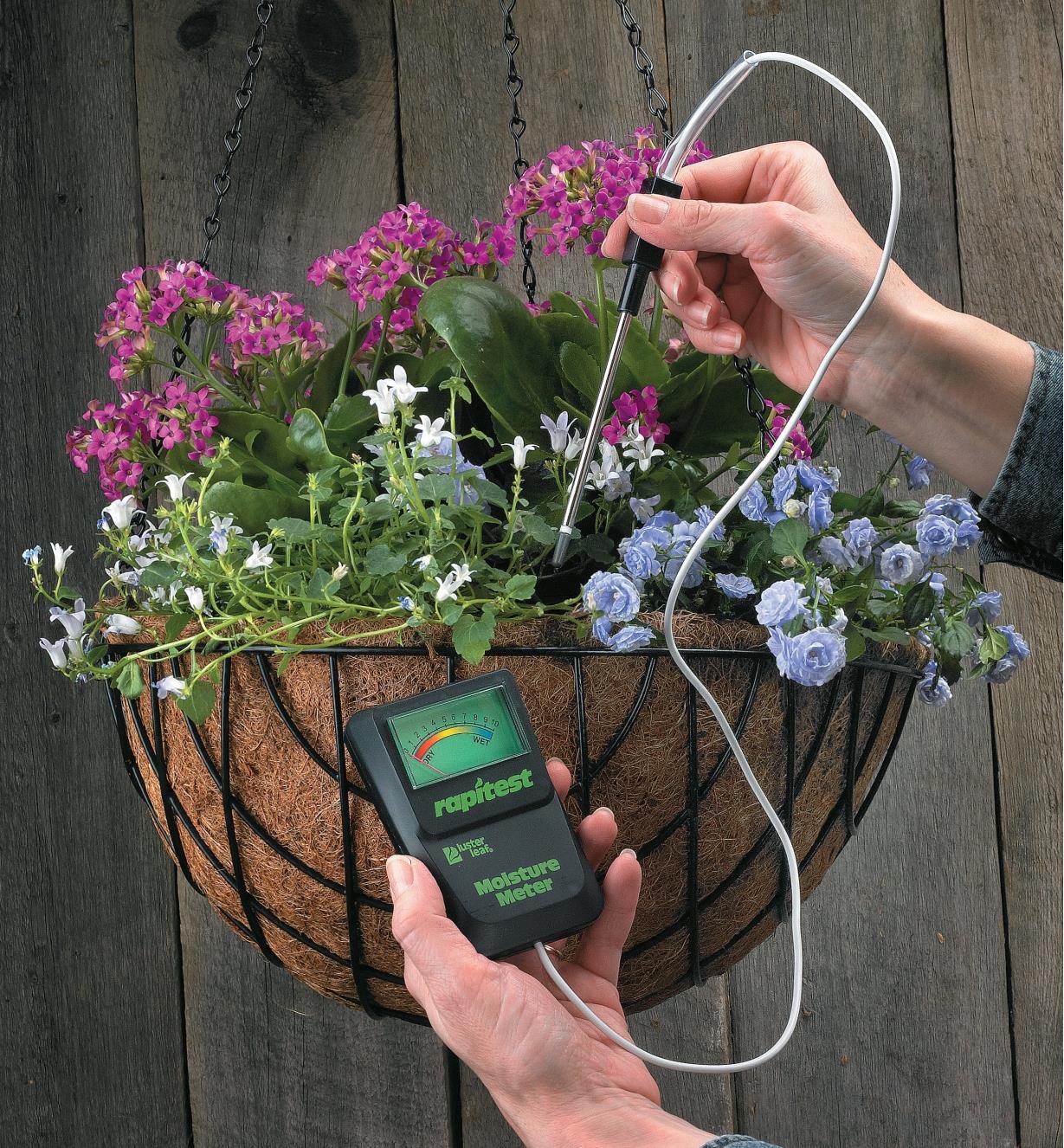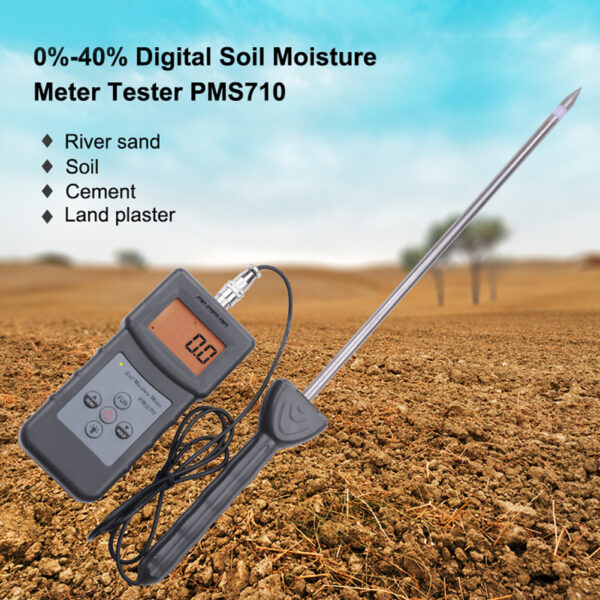Just How a Moisture Meter Can Aid You Keep Optimum Problems in your house or Workplace
Just How a Moisture Meter Can Aid You Keep Optimum Problems in your house or Workplace
Blog Article
Delve Into the World of Moisture Meters: Everything You Required to Know
In the world of wetness meters lies a globe of precision and functionality that typically goes undetected. Comprehending just how moisture meters operate, the various kinds offered, and their varied uses can drop light on their importance in making sure quality and effectiveness.
Just How Moisture Meters Work
Moisture meters operate by determining the electric conductivity or capacitance of products to identify the dampness content present. These meters are very useful tools across different sectors, consisting of agriculture, building, and woodworking. By using various approaches such as pin-type or pinless technology, wetness meters supply precise analyses that aid specialists make educated decisions.
Pin-type moisture meters function by putting the sharp pins right into the material being evaluated. On the other hand, pinless moisture meters make use of electro-magnetic signals to check a larger area without creating any type of damages to the product's surface.
Despite the method made use of, wetness meters play a vital function in avoiding issues such as mold development, structural damage, or item flaws triggered by excess moisture. Recognizing exactly how these meters work is important for ensuring the top quality and stability of materials in numerous applications.
Kinds Of Moisture Meters
Offered the important role dampness meters play in different sectors, it is necessary to comprehend the various types readily available to experts for accurately examining moisture degrees - Moisture Meter. There are mainly 2 main kinds of moisture meters: pinless and pin-type moisture meters

On the other hand, pinless wetness meters use electro-magnetic sensor plates to scan a bigger area of the product without causing any kind of damage. This kind appropriates for promptly scanning large locations and is commonly utilized for floor covering, walls, and ceilings. Pinless meters are hassle-free for taking readings on finished surface areas without leaving any type of noticeable marks.
Both kinds of dampness meters have their advantages and are picked based upon the certain requirements of the task handy. Understanding the distinctions in between these types is vital for professionals to make precise dampness assessments.
Applications Throughout Industries
Construction professionals count on moisture meters to analyze the moisture degrees in building products like drywall, concrete, and wood, which is critical for preserving architectural integrity and protecting against issues like rot or mold. The floor covering market makes use of moisture meters to measure the dampness material in subfloors prior to installing Discover More different flooring coverings, stopping pricey damages due to excess moisture. In the food market, dampness meters are used to keep an eye on and control moisture levels in items such as grains, nuts, and dried out fruits to maintain freshness and high quality.
Tips for Making Use Of Moisture Meters
Utilize the wetness meter's calibration settings to make certain exact analyses when measuring the moisture web content in numerous materials. In addition, make sure the meter is set to the proper moisture array for the product you are gauging to obtain the most accurate outcomes.
When making use of a pin-type wetness meter, put the pins to the proper deepness recommended for the product being tested. This ensures that the dampness readings are taken from the correct deepness within the material, giving a more accurate representation of its dampness content. For pinless wetness meters, keep in mind to maintain proper call with the product's surface to obtain reputable analyses.
On a regular basis examine and change the batteries in your moisture meter to avoid incorrect analyses because of reduced power. When not in use to lengthen its life expectancy and maintain its precision, Store the meter in a dry and secure area. By following these pointers, you can make the most of the efficiency of your dampness meter and obtain specific dampness content measurements across different products.
Upkeep and Calibration
To make sure the accuracy of wetness material measurements, routine maintenance and calibration of the wetness meter are important action in its appropriate functioning. Maintenance involves maintaining the moisture meter clean and complimentary from debris that can affect its analyses. It is very important to follow the producer's standards for cleaning up to avoid damage to the tool. Furthermore, normal calibration is required to verify the precision of the readings. Calibration readjusts the dampness meter to ensure that it offers consistent click resources and reliable outcomes.
Calibration ought to be executed regularly, particularly if the moisture meter is utilized often or in vital applications where specific dimensions are called for. Numerous wetness meters come with calibration devices or can be adjusted by specialist solutions. Moisture Meter. It is suggested to keep a log of calibration dates and results to track the performance of the dampness meter over time. By adjusting the moisture and preserving meter regularly, individuals can rely on the accuracy of the dampness material dimensions acquired.
Final Thought

In verdict, wetness meters play a crucial duty in different markets by precisely measuring the moisture material of products. Understanding exactly how browse around this web-site these tools function, the various types readily available, and proper maintenance and calibration are crucial for obtaining trusted results. Whether in building and construction, manufacturing, or farming, making use of dampness meters helps ensure quality assurance and efficiency in processes.

In final thought, wetness meters play an important duty in different industries by precisely gauging the dampness web content of materials.
Report this page